Description
What is Magnet Therapy with the Magnesia Device?
Magnet therapy is a safe and non-invasive treatment method that has gained widespread application in modern medicine. It works by delivering controlled magnetic pulses to injured or painful areas of the body, stimulating damaged cells and promoting healing. The intensity of magnetic therapy is measured in Gauss, and clinical or home-use devices typically operate within a range of 200 to 10,000 Gauss, depending on the medical indication.
How Does Magnesia Magnet Therapy Work?
The Magnesia device utilizes electromagnetic waves to accelerate tissue regeneration, reduce pain and inflammation, stimulate the release of beneficial compounds, support neural signal transmission, and enhance overall physiological processes.
Using electric current and a specialized magnetic coil, Magnesia creates a precisely controlled magnetic field. This field is delivered as pulsed waves through the device’s handpieces to the target tissue. The intensity, frequency, and penetration depth of the pulses are adjustable based on the patient’s condition and treatment goals. All sessions are prescribed by a physician and tailored to individual needs.
Magnesia Technology: PEMF (Pulsed Electromagnetic Field Therapy)
The PEMF technology used in Magnesia increases blood flow in microvessels and capillaries. This leads to a reduction in pain and inflammation and enhances the removal of waste products such as lactic acid from the tissues.
Additionally, improved circulation facilitates the delivery of essential nutrients and oxygen to the cells. Magnesia also promotes controlled muscular contractions, modulates cellular metabolism, and enhances the function of ion channels (e.g., calcium and potassium), which are essential for cellular communication. The underlying theory of magnet therapy is that many conditions stem from an imbalance in the body’s magnetic field, which, when corrected, improves cellular health and function.
Medical Applications of Magnesia Magnet Therapy
Magnesia can be used either as a standalone therapy or in combination with other treatments in medical fields such as physical therapy, rehabilitation, orthopedics, and aesthetic medicine.
Key Benefits of Magnesia Magnet Therapy:
- Reduces muscle and joint pain
- Aids in sports injury recovery
- Improves local and systemic blood circulation
- Supports muscle regeneration
- Enhances physiological processes
- Relieves fatigue and muscle spasms
- Promotes relaxation and better sleep
- Facilitates nutrient transport into cells
- Stimulates natural pain-relieving hormones (endorphins)
- Boosts immune system function
- Enhances enzyme activity
- Aids fat burning and reduces cellulite
- Decreases inflammation and swelling
- Eliminates metabolic waste (e.g., lactic acid)
- Assists in bone repair
- Strengthens weakened muscles (e.g., pelvic floor)
- Promotes wound healing
Indications for Magnesia Therapy
- Physical Therapy & Rehabilitation
Magnesia is widely used for:
- Pain management
- Reducing inflammation, swelling, and tissue stiffness
- Relaxing muscles and relieving fatigue or spasms
- Improving blood flow and tissue oxygenation
- Enhancing soft tissue and nerve regeneration
- Facilitating neurotransmitter and oligopeptide production
- Improving musculoskeletal pain and sleep quality
Treatment duration ranges from 5 to 15 minutes per session, depending on the diagnosis and physician’s protocol.
- Slimming & Body Contouring
Magnesia also supports fat reduction and body shaping. By delivering regulated electromagnetic pulses, it induces deep muscle contractions similar to those during intense exercise. This process burns fat from adjacent adipose tissue, reducing fat layer thickness without stressing joints. The treatment:
- Stimulates muscle fiber growth
- Enhances microcirculation
- Helps reduce cellulite by improving blood supply to affected areas
- Urinary and Fecal Incontinence Treatment
Magnesia helps strengthen pelvic floor muscles in both men and women. Incontinence may be caused by:
- Aging
- Pregnancy or childbirth
- Nerve damage
- Spinal injury
- Prostate surgery
- Obesity
Using electromagnetic stimulation through a dedicated therapy chair, Magnesia activates and strengthens pelvic muscles without invasive procedures. Session plans are customized by the physician based on the severity and type of incontinence.
Contraindications of Magnesia Therapy
Always consult with a physician before undergoing magnet therapy. General contraindications include:
- Epilepsy, MS, cardiac arrhythmias, or chronic systemic diseases
- Metal implants, malignant tumors, or acute infections
- Use of medications like insulin or undergoing chemotherapy
- Pregnancy and breastfeeding
- High blood pressure, bleeding disorders, alcohol or drug intoxication
General Advantages of Magnesia Magnet Therapy
- Non-invasive and painless
- No downtime required
- Can be used independently or with other medical therapies
- Cost-effective
- No special preparation needed
- Performed with clothing on
- No interruption of daily activities during treatment
Specialized Advantages of Magnesia
- Utilizes cutting-edge PEMF technology
- Maximizes muscle contraction efficiency
- Non-ionizing, no radiation or heat involved
- No anesthesia or numbing agents needed
- Reduces tissue inflammation and swelling
- Enhances blood flow and oxygenation in target tissues

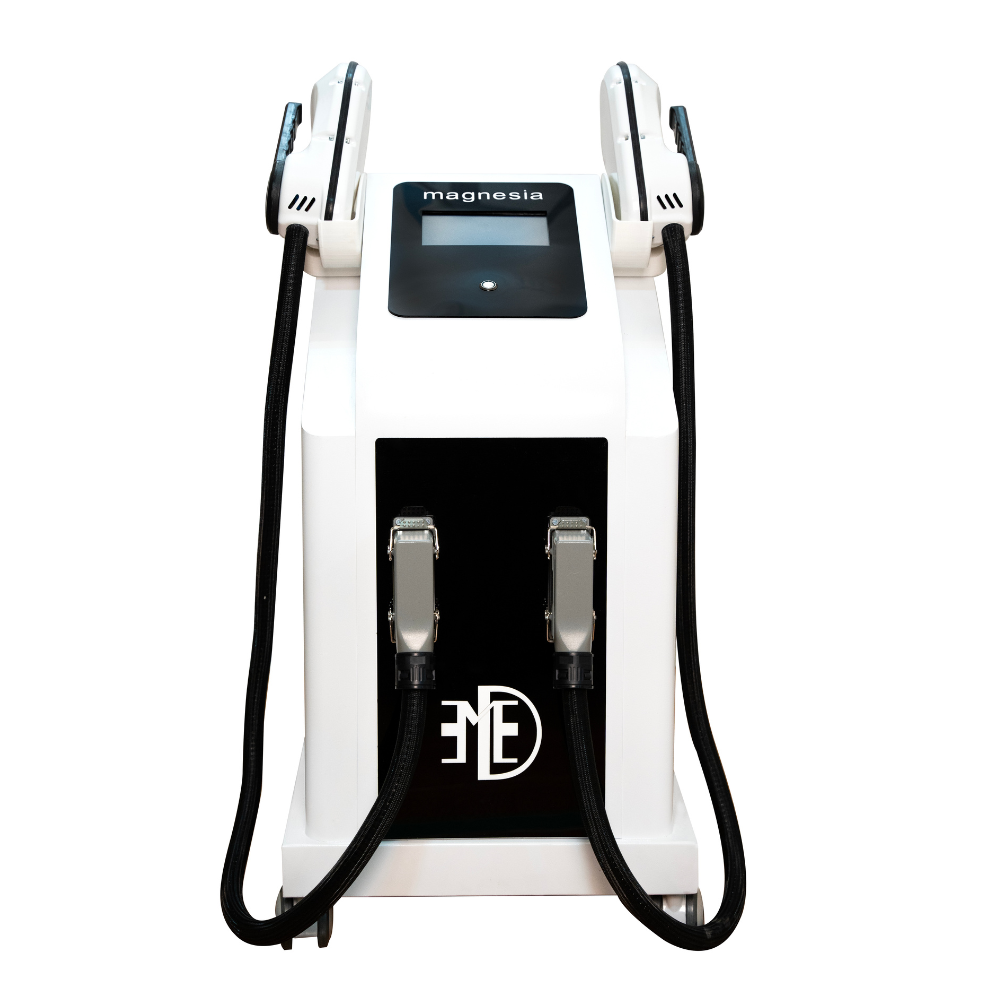

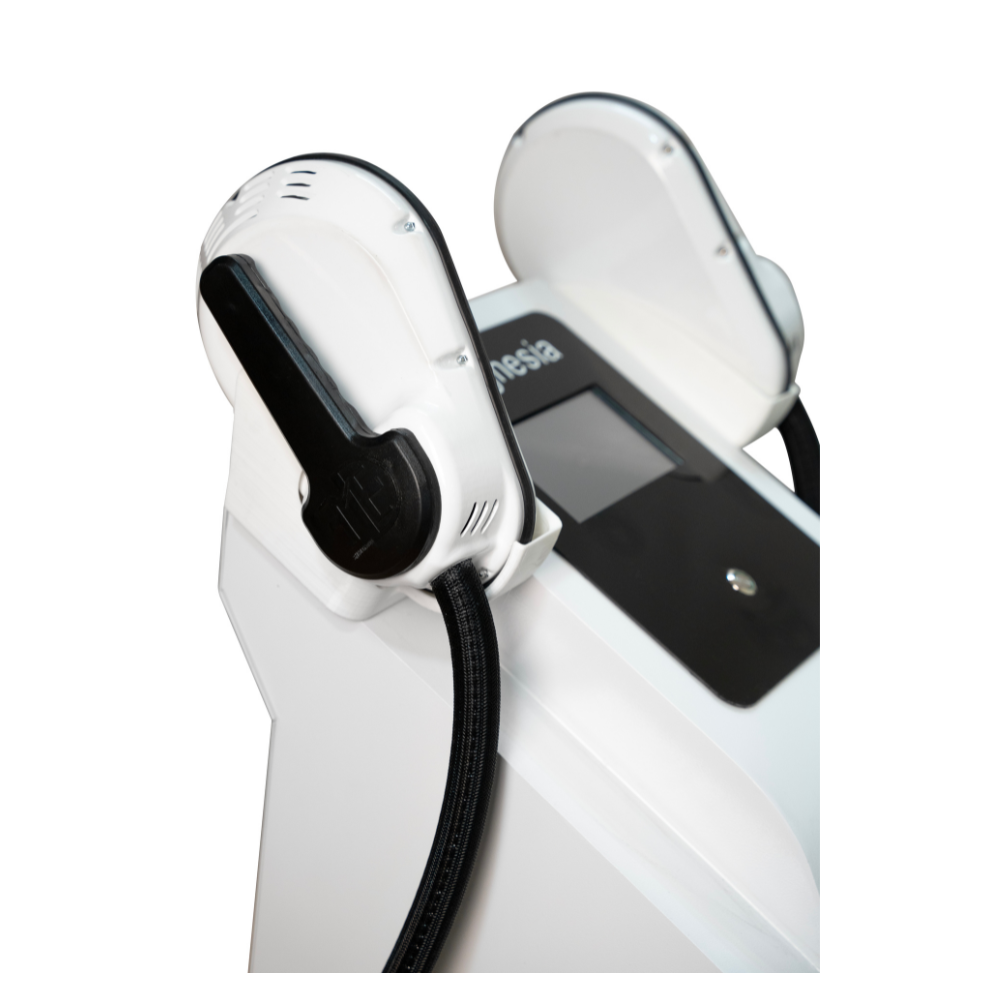
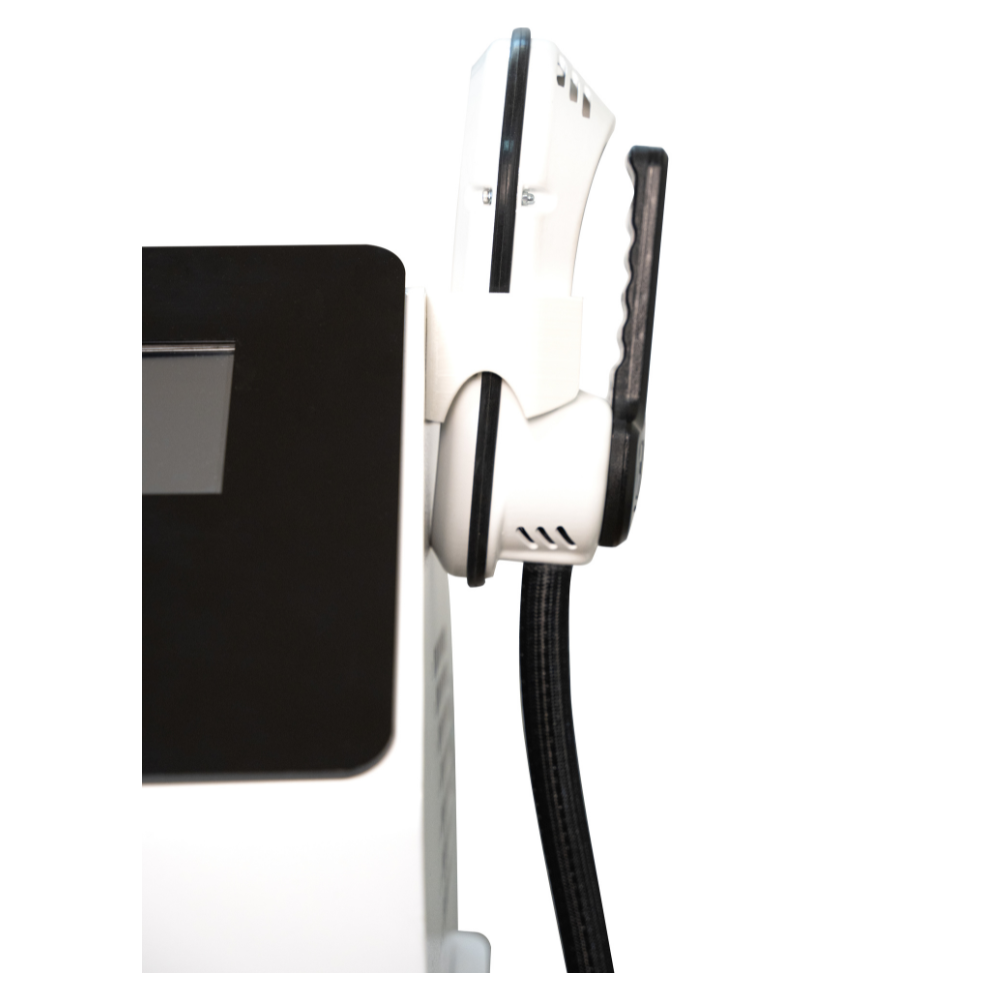
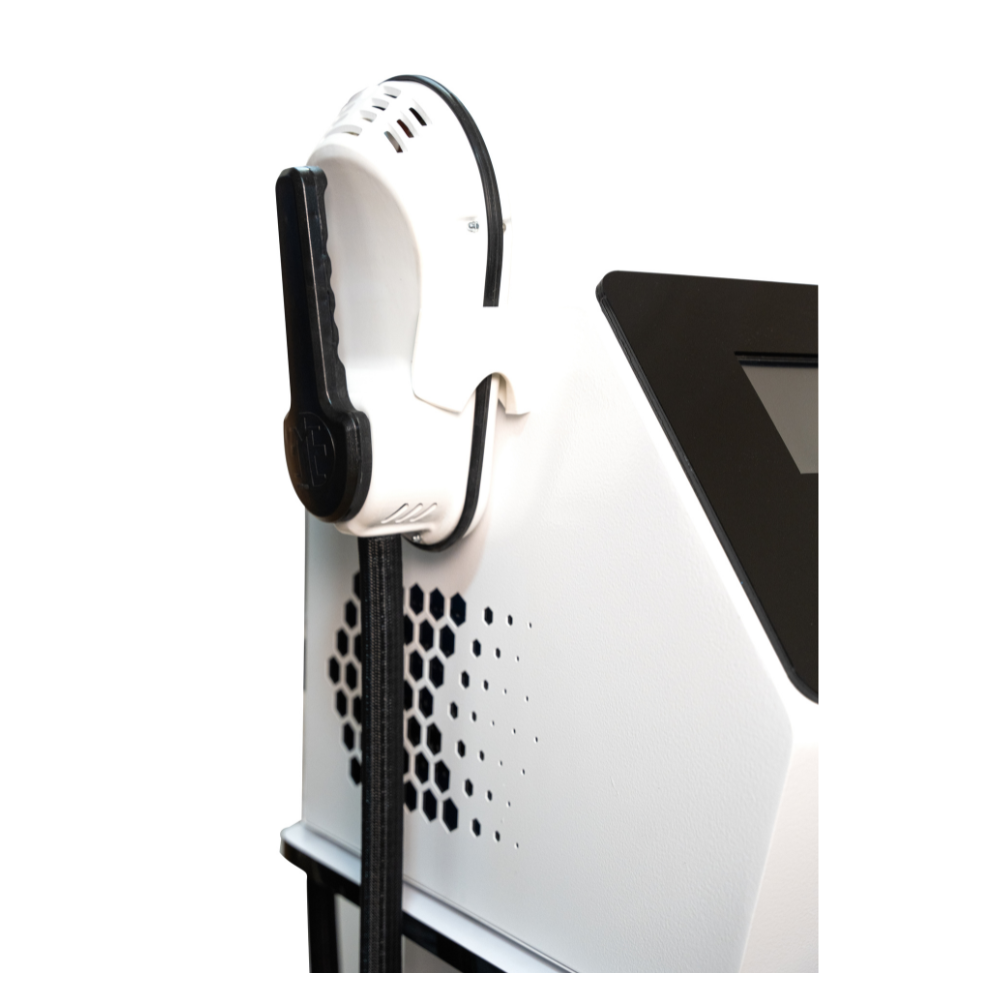
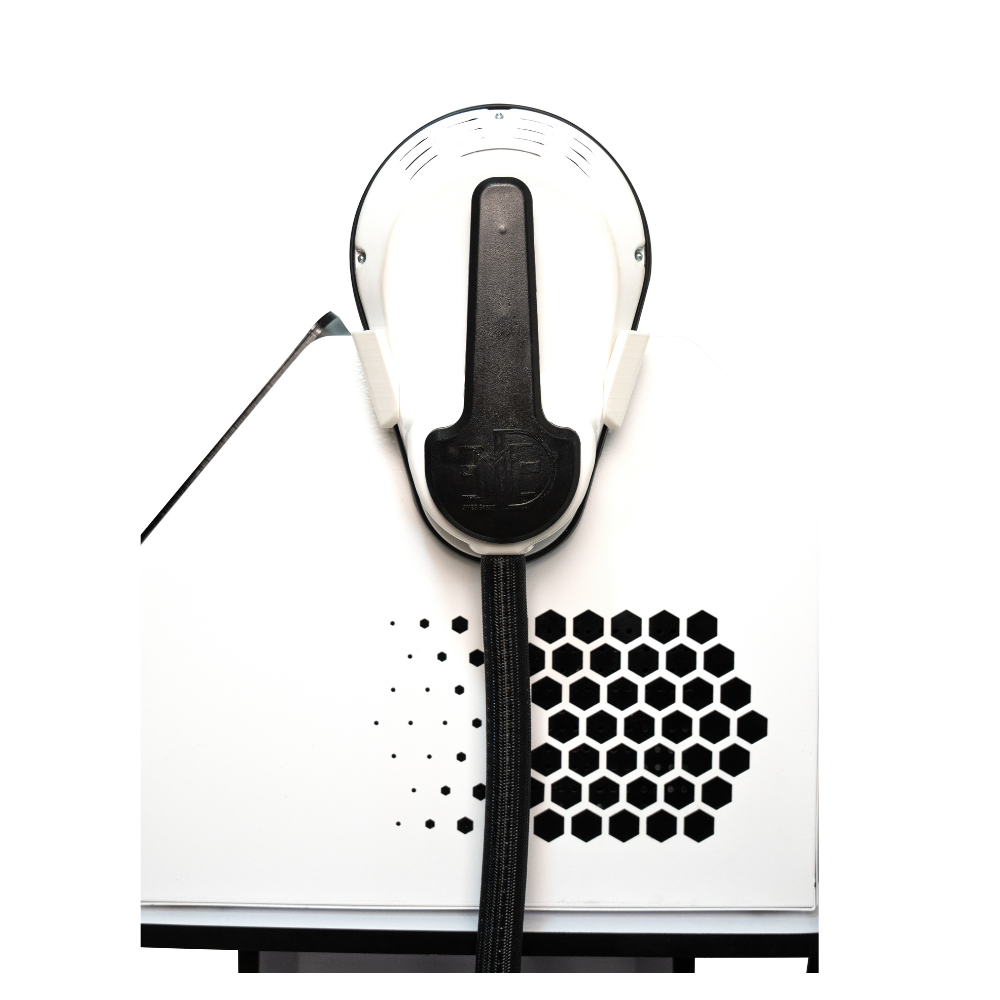
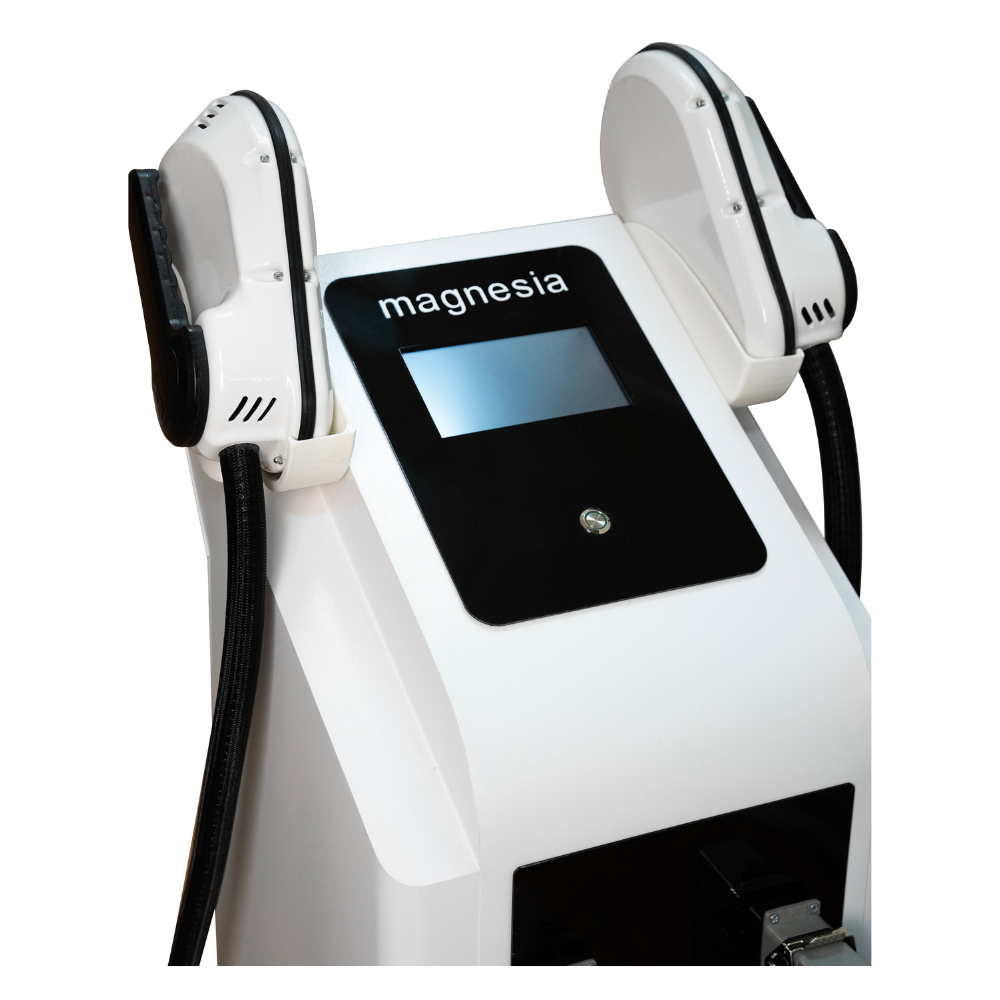
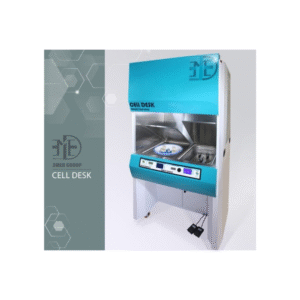
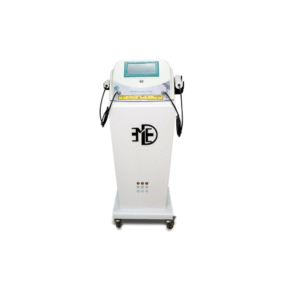
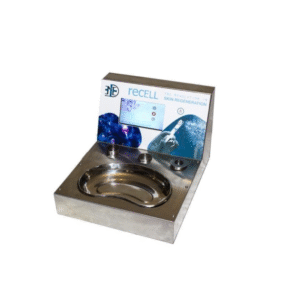
Reviews
There are no reviews yet.